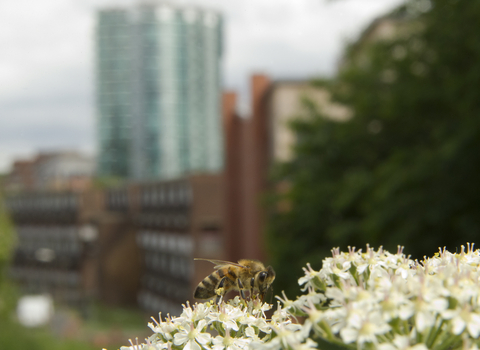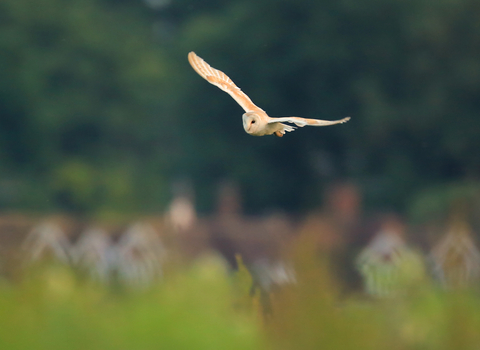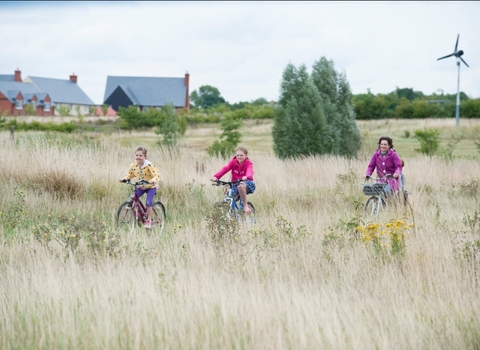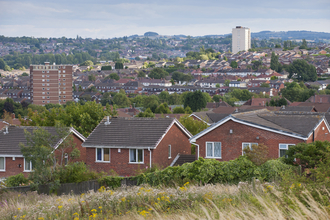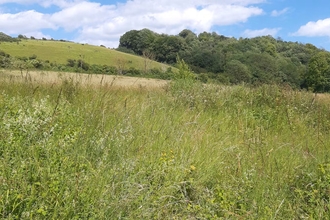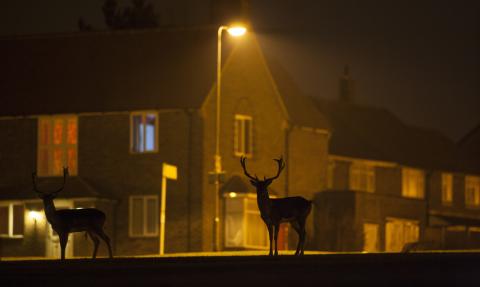
Fallow deer. Photo, Jamie Hall
Wildlife, planning and development
Living alongside wildlife
The planning system shapes the places where we live and work and has a critical impact on our urban and rural landscapes. Inappropriate development can harm our natural heritage, but well-considered planning has the potential to protect and enhance our environment.
Devon Wildlife Trust is consulted on hundreds of planning applications every year. Unfortunately, our resources are limited and we are unable to comment on individual planning applications. We have, however, provided information here that will help individuals and communities to respond to applications on wildlife grounds.
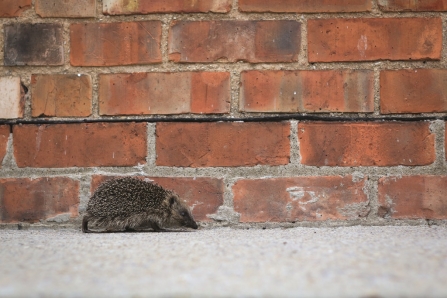
Hedgehog. Photo, Marshall
Devon Wildlife Trust believes development should:
- follow the mitigation hierarchy to:
- Avoid harm to wildlife in the first instance
- If harm cannot be avoided, mitigation should be put in place on site
- If mitigation is not possible, compensation should be provided
- benefit the wildlife, habitats and species on site and create a substantial net gain in biodiversity. DWT supports a minimum of 20% Biodiversity Net Gain.
- provide better proximity to nature for people, addressing the physical and mental wellbeing of residents
- be subject to monitoring and maintenance in the long term
In order to respond to a planning application using the guidance on this page you need to:
-
Read the Planning Applications Overview and Frequently Asked Questions (FAQs)
-
Fill in the Objection Checklist referring to the relevant FAQs
-
Save your completed Objection Checklist and submit to your local planning authority, referencing the planning application number
Responding to Local Plan consultation
Local Plans state where development will take place in future and what local priorities exist to help guide development. It is a critical document, once sites have been allocated for development it is hard for local authorities to refuse planning permissions in these areas (unless planning policy or law has not been adhered to). It is important to respond to Local Plan consultations to ensure nature is protected from development and given the space to thrive.
Useful guides:
Frequently asked questions on specific issues
For further information on specific issues please follow the links below. These topics are not exhaustive but reflect the most common queries received by Devon Wildlife Trust.
View or download the frequently asked questions here
Planning legislation
It is vital that nature and wildlife are properly considered and protected in planning law, and fully included in decisions about land use and development.
Learn how the government intends to achieve this.
Become a member and support our work
The vital work we do for nature depends on the support of people who care about the future of Devon’s wildlife and wild places.

